News
-
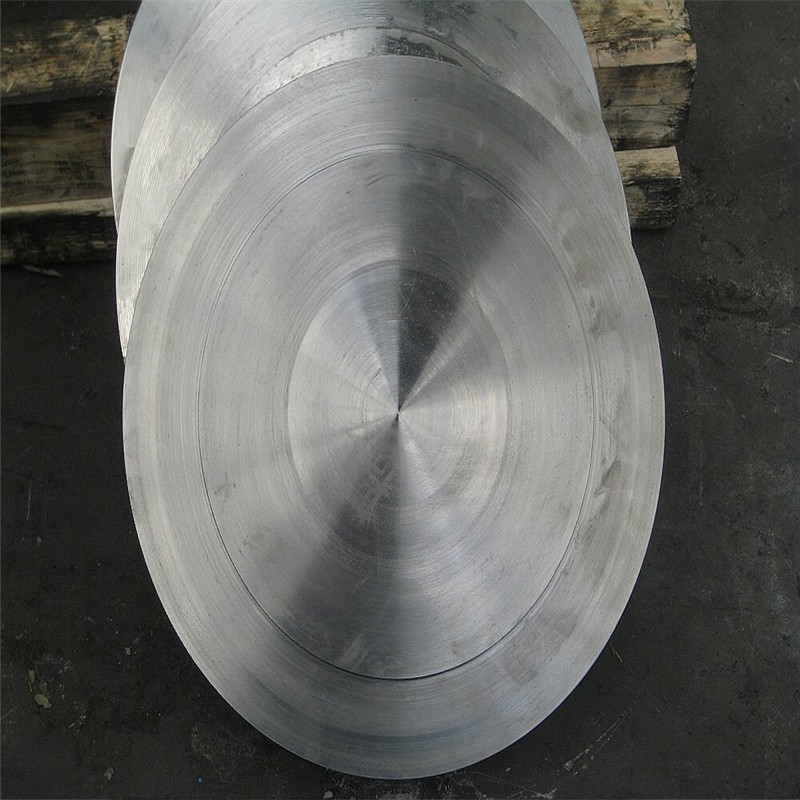
Introduction of cobalt-based alloy
Heat treatmentThe size and distribution of carbide particles and grain size in cobalt-based alloys are very sensitive to the casting process. In order to achieve the required endurance strength and thermal fatigue performance of cast cob...Views -
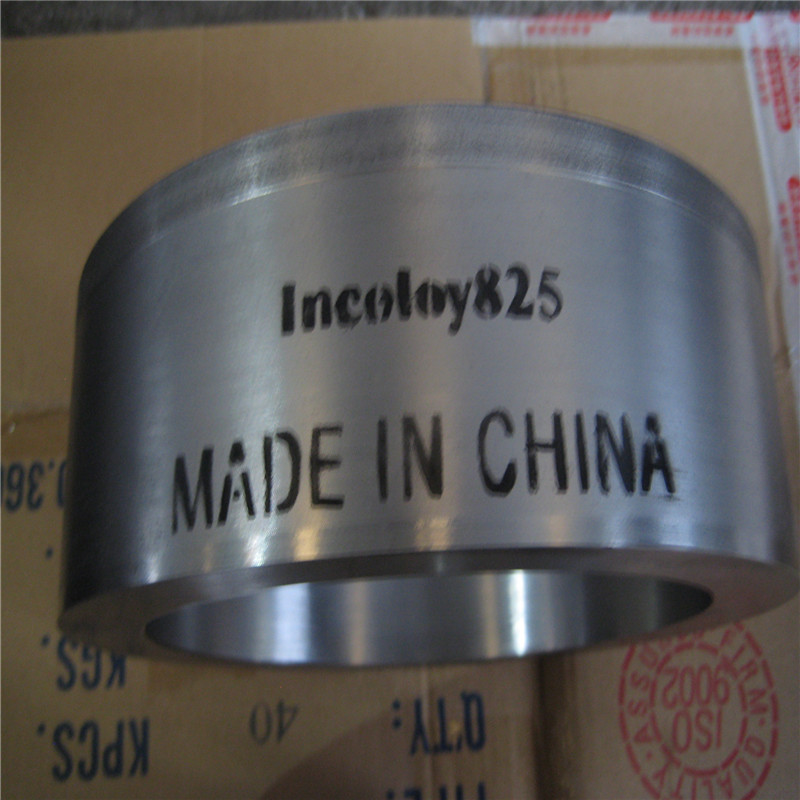
Introduction of cobalt-based alloy
PerformanceGenerally, cobalt-based superalloys lack coherent strengthening phases. Although the strength at medium temperature is low (only 50-75% of nickel-based alloys), they have higher strength, good thermal fatigue resistance and th...Views -
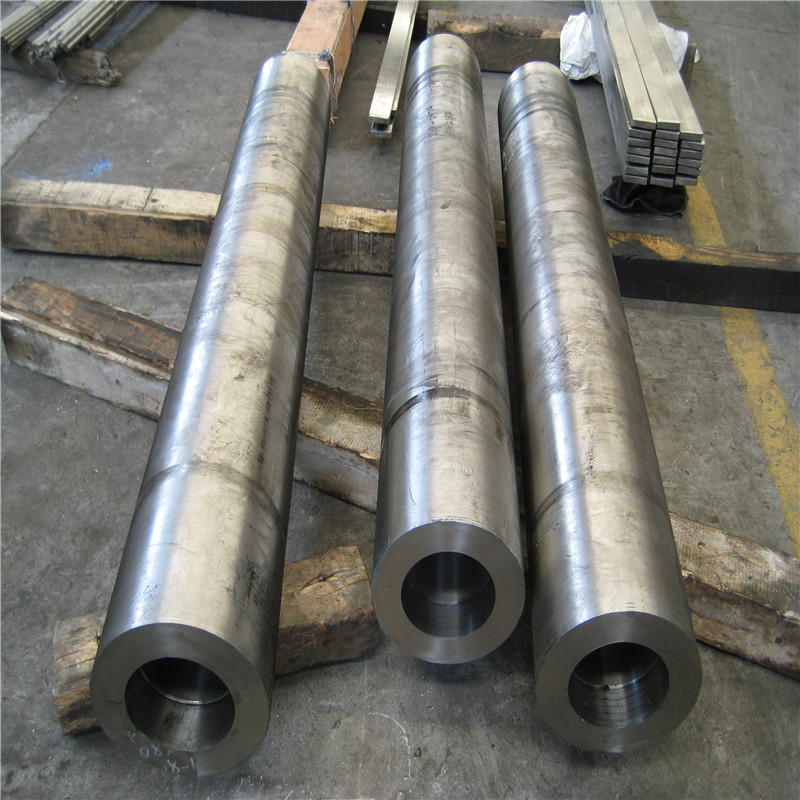
Introduction of cobalt-based alloy
Cobalt-based alloy is a cemented carbide that can withstand various types of wear, corrosion and high-temperature oxidation. It is commonly referred to as cobalt-chromium-tungsten (molybdenum) alloy or Stellite alloy (Stellite alloy was ...Views -
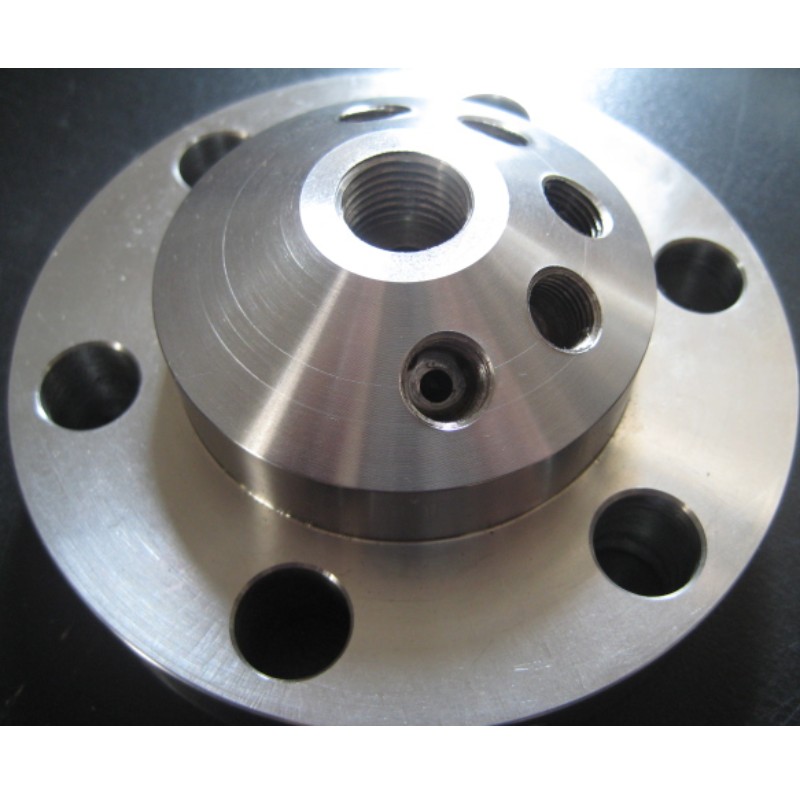
Development prospect of superalloys
Prospects1. Research on single crystal blades containing rheniumIn the composition design of single crystals, both alloy performance and process performance should be considered. Since single crystals do not have grain boundaries and are...Views -
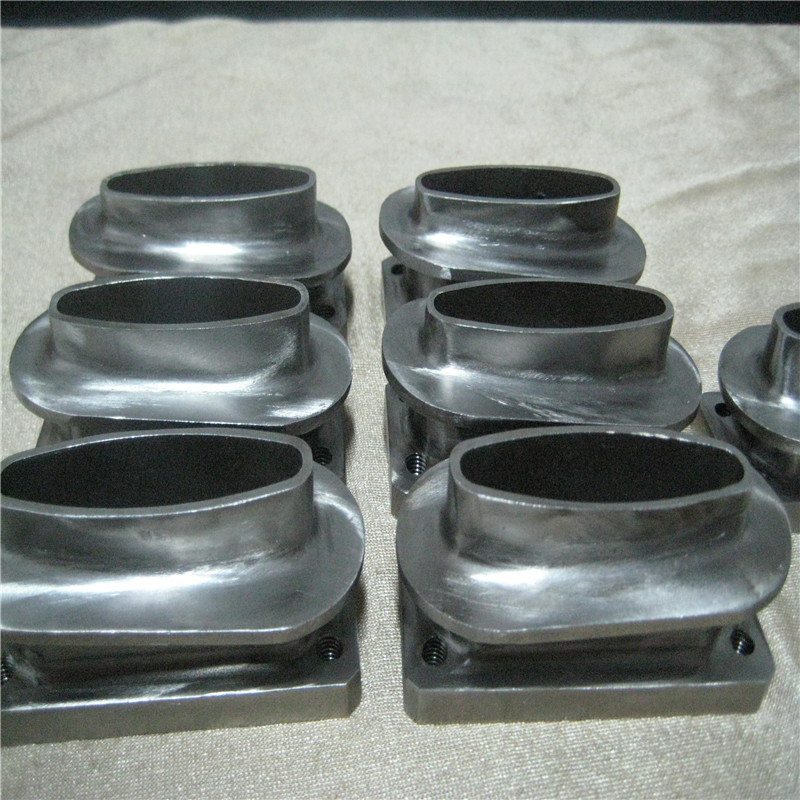
Main application of superalloys
Main application1. AerospaceThe development of my country's independent aerospace industry to develop advanced engines will increase the market's demand for high-end and new superalloys.The aero engine is called 'the flower o...Views -
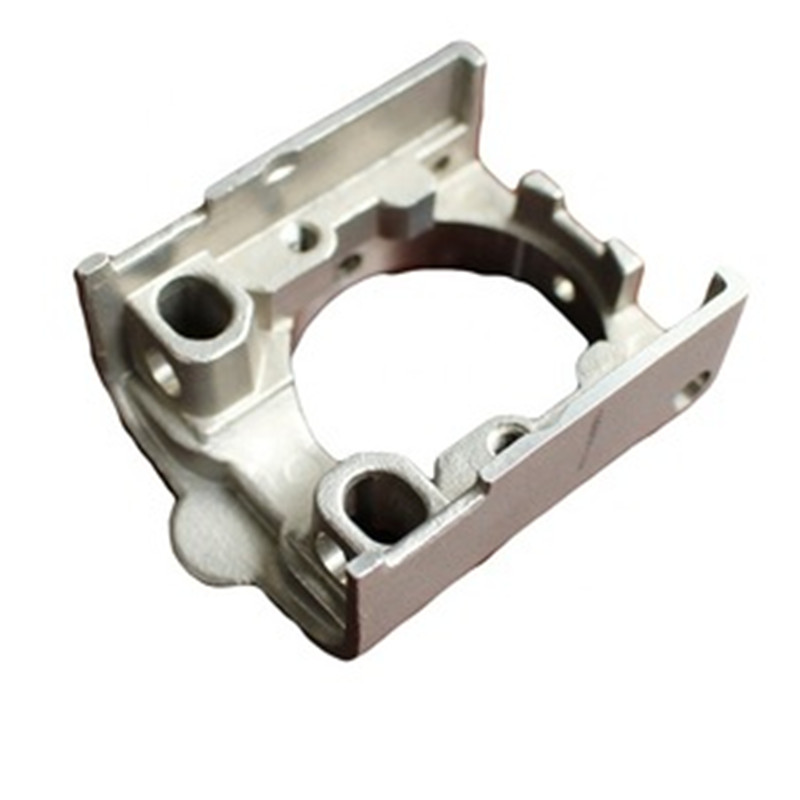
Main types of superalloys
Common types1. GH4169 high temperature alloyGH4169 alloy is a nickel-chromium-iron-based high-temperature alloy. GH4169 alloy is a nickel-based deformed high-temperature alloy. Nickel-based alloys are one of the most complex alloys. It i...Views -
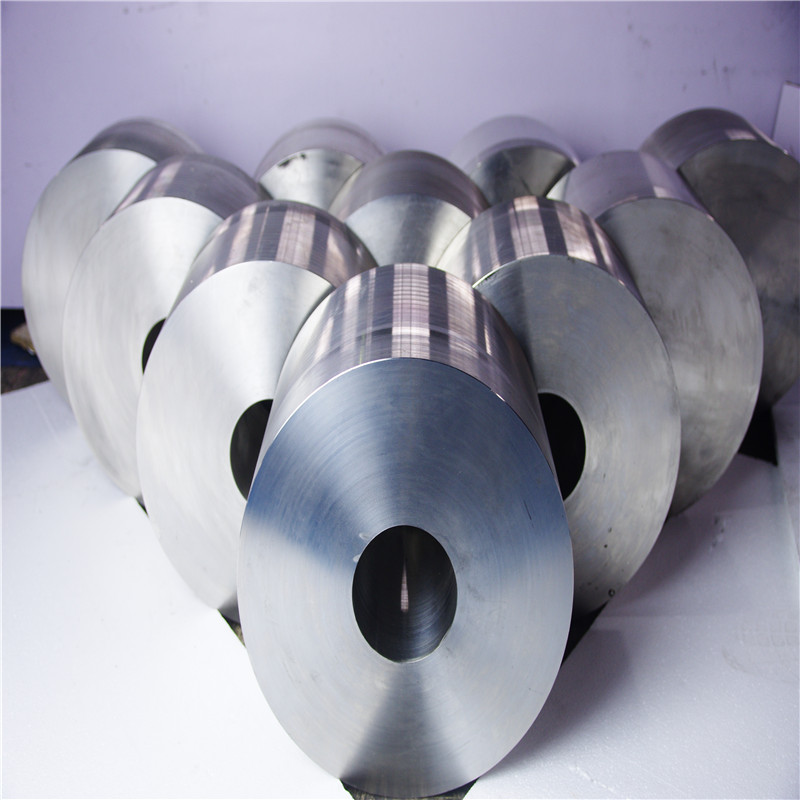
Main classification of superalloys
2. Alloy strengthening typeAccording to the type of alloy strengthening, superalloys can be divided into solid solution strengthening superalloys and aging precipitation strengthening alloys.⑴Solid solution strengthening typeThe so-call...Views -
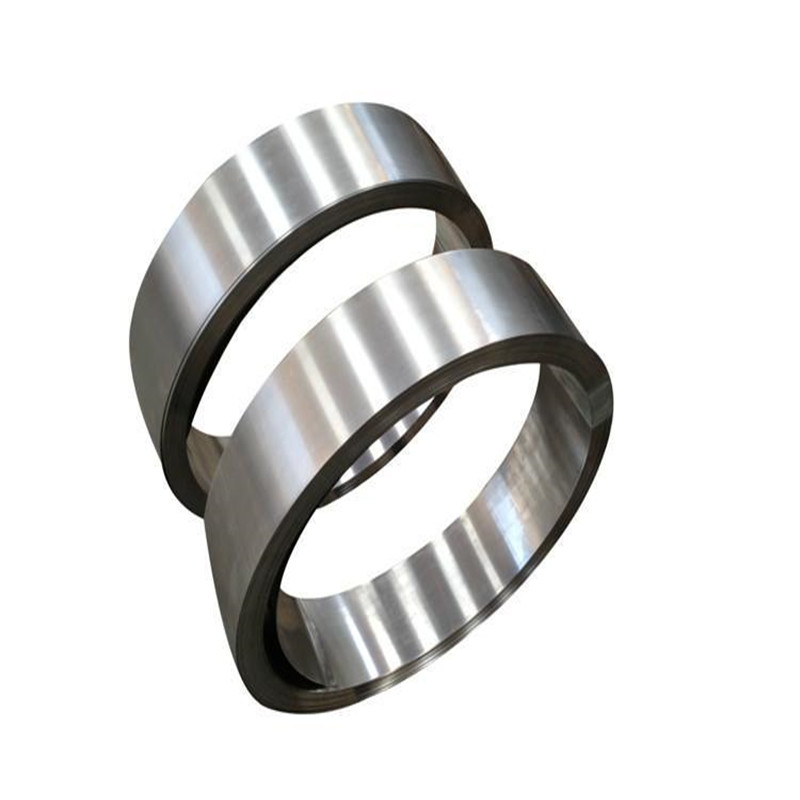
Main classification of superalloys
Main classificationThe traditional classification of superalloy materials can be carried out according to the following three methods: according to the type of matrix element, alloy strengthening type, and material forming method.1. Acco...Views -
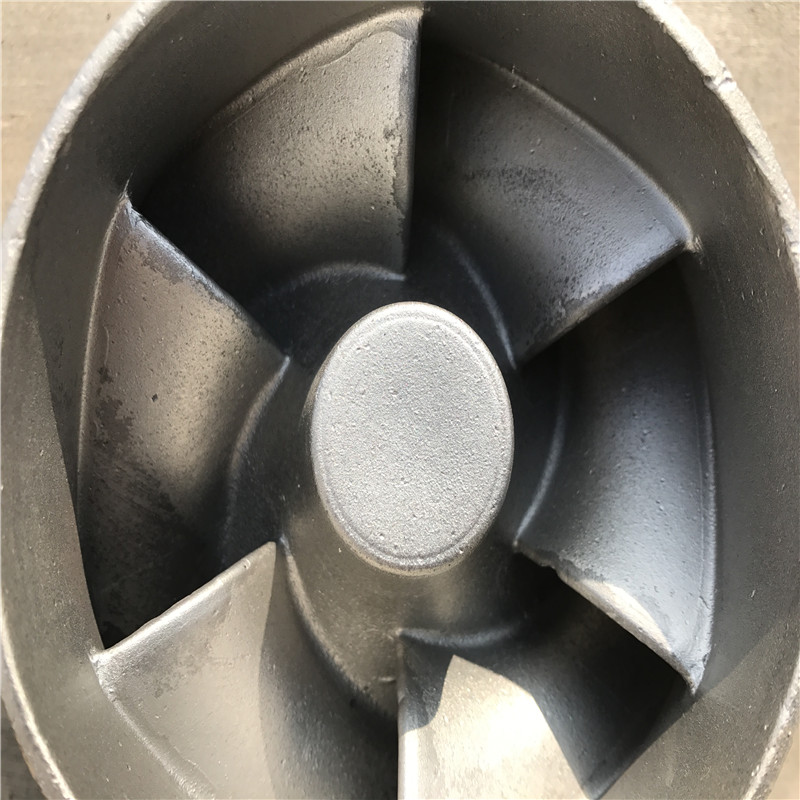
Material characteristics of superalloy
Material characteristicsVarious degradation rates of materials are accelerated in high-temperature environments, and the organization is prone to instability, deformation and crack growth under the action of temperature and stress, and o...Views -

Preparation technology of high temperature alloy
Preparation Process1. Foundry metallurgical processVarious advanced casting manufacturing technologies and processing equipment are constantly being developed and improved, such as thermal control solidification, fine-grain technology, l...Views -
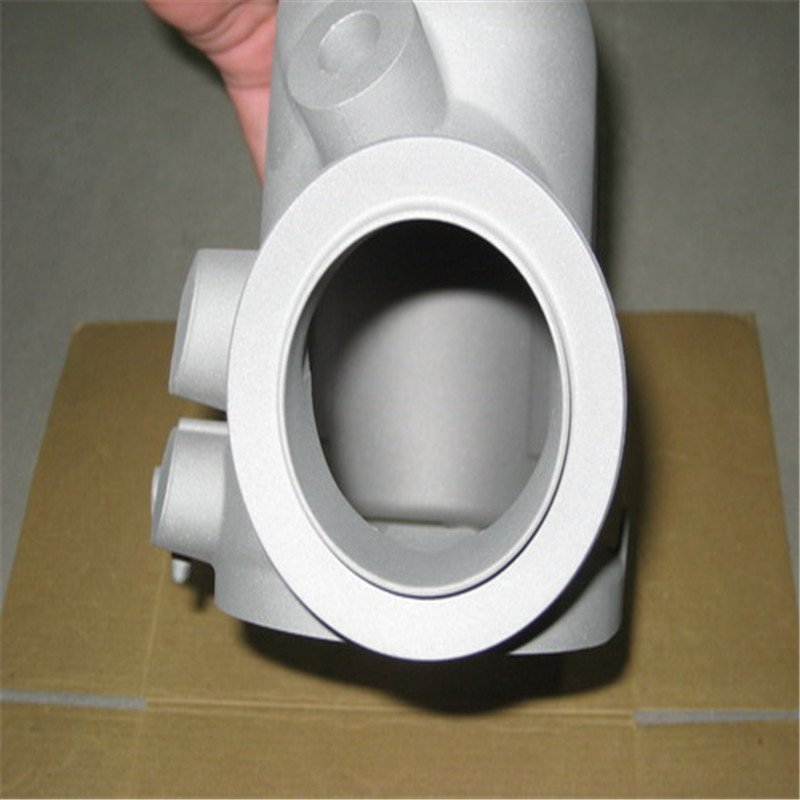
Development history of superalloys
2. Domestic developmentSince the successful trial of the first furnace of superalloy GH3030 in 1956, the research, production and application of superalloys in my country have gone through 60 years of development so far. The 60-year deve...Views -
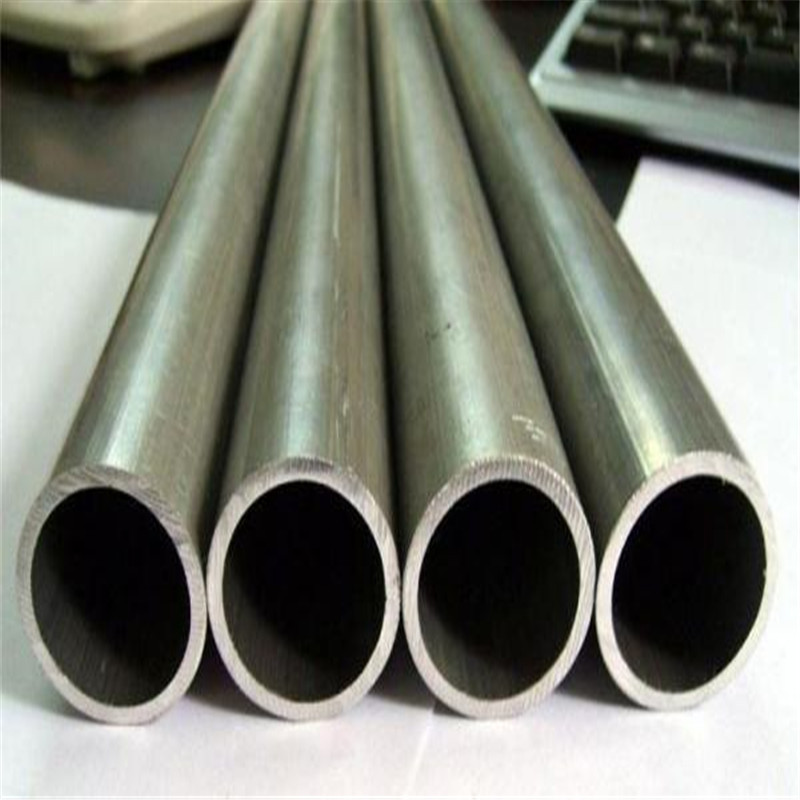
Development history of superalloys
Development History1. International developmentSince the late 1930s, Britain, Germany, the United States and other countries have begun to study superalloys. During the Second World War, in order to meet the needs of new aeroengines, the...Views

